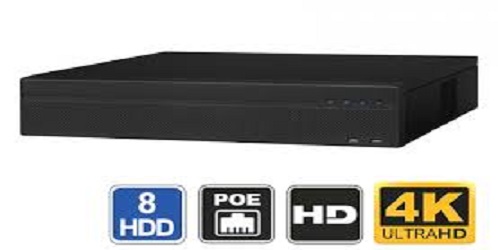Home Design
Your home is
arguably the most important building you inhabit. It is where you live your
life. It is where you raise your children, your pets and your plants. It is the
place of comfort you return to at the end of the day. It is a repository of
memories and the generator of dreams.
It follows that designing your home is a
very personal act and choosing the right architect to assist you in that
process is incredibly important. Naturally the architect needs to be qualified to do the job but they also
needs to be able to understand you as a person. They need to be a good listener
and know to ask the right questions. They need to respect the reality that you
know how you live your life but also be willing to challenge you to imagine
ways you could live your life better.
PRE-DESIGN
The first thing we need to do is better understand you
as a person and as part of a family. We like to meet you at your home so that
we can see how you currently live. This first conversation is mainly about the
“big ideas” that will drive the design of your house.
Of course we’ll need to know how many bedrooms and
bathrooms you want, but we also want to come away from this first meeting with
an understanding of what kind of place you want your house to be. Although it’s
easy enough to define the functional requirements of how you want your home to
work, sometimes it can be more challenging to describe how you want your home to
feel.
It’s also important that we see where the new home or
addition will be built. As well as understanding the conditions at play on the
site, we’ll also need to document these existing conditions. If you have
existing drawings or surveys this can help, but often we need to spend a few
hours gathering the dimensions and photographs we’ll need to move forward.
CONCEPT
OPTIONS
After we’ve listened to your needs and dreams, we’re
ready to start designing. And what we do when we design is draw. As we sketch
we’ll explore various ways your home could
be organized and positioned on its site. Many of these concepts won’t be a
perfect fit, but some of them will show promise and those we will develop into
a series of Concept Options that we will present to you.
Even when there is an obvious solution to your
particular design
problem, we’ve found that exploring alternate approaches often informs and
improves that initial design. What is more, visualizing something that doesn’t
exist can be difficult. Having a series of tangible alternatives to think about
and discuss provides everyone with a vocabulary to discuss what works and what
doesn’t.
To move onto the next phase, a single design
direction will need to be identified. Usually a single option will reveal
itself to be the preferred direction although sometimes a hybrid of multiple
schemes will be combined to create a fourth “Frankenstein” option.
SCHEMATIC DESIGN
Once a design direction
has been identified, there will still be plenty of work to be done. We’ll begin
to flesh out the rough sketch of the concept option into something that is more
refined and real. While doing this, we’ll also integrate any comments and
changes you have requested into the developing design. We'll also review local
codes to permit procedures so we'll all know what to expect moving forward.
The ultimate goal of this initial
design phase is to create a Schematic
Design Set that is a set of drawings that define in some detail the
state of the design. This set of drawings will include dimensioned and labeled
Plans, Elevations and Sections that a Contractor can use to develop an initial
estimate of the construction cost of the project.
You can also think of the Schematic
Design Set as a snapshot of where we are in the process. Although
there will still be time to make adjustments as we continue to move forward,
for the most part the direction of the design is now fixed.
DESIGN DEVELOPMENT
Even if the design is fixed
there’s still plenty that needs to be done. Although we’ll be communicating
less with you during this phase since the big moves of the design have by now
been approved, we need to begin making everything real. Dimensions will be
verified and construction and material details will be developed to allow for
your house to be built as imagined. If a Contractor has been selected we’ll
also have regular discussions with them about how they would like to approach
certain details and what documentation they need to build the project.
The final deliverable of this phase
is the Design
Development Set. Like the Schematic Design Set before it, this series of
drawings is a point within a larger process and can also be thought of as the
halfway point in the completion of the final Construction Document Set. As such
it allows you one final opportunity to tweak the design before things are
finalized. If the process has works as intended, these changes should be minor.
More significant alterations can still be accommodated but may increase the
time needed to complete the design.
CONSTRUCTION DOCUMENTS
With the approval of the Design
Development Set and the integration of and subsequent comments, we are ready to
complete work on the Construction Document Set. This robust series of drawings
is essentially the set of instructions the contractor needs to build your house. We also
provide a set of specifications which are written descriptions of the materials
and workmanship the project requires.
Once all this information is
complete the Contractor will have enough information to provide a final
construction cost and begin work on building your home.
CONSTRUCTION OBSERVATION
Once the project is under
construction, the Contractor will need to have questions answered about the
intent of the design and it’s a good idea to have someone knowledgeable about
construction acting as your representative on the site. From time to time a
Contractor will suggest a change to the design to save money or allow the
project to be more easily constructed. Sometimes these are good ideas that make
the project better but often they have unintended consequences. It can be
helpful to have someone familiar with the design acting on your behalf - that's
where our Construction
Observation services come in handy.










Comments
Post a Comment